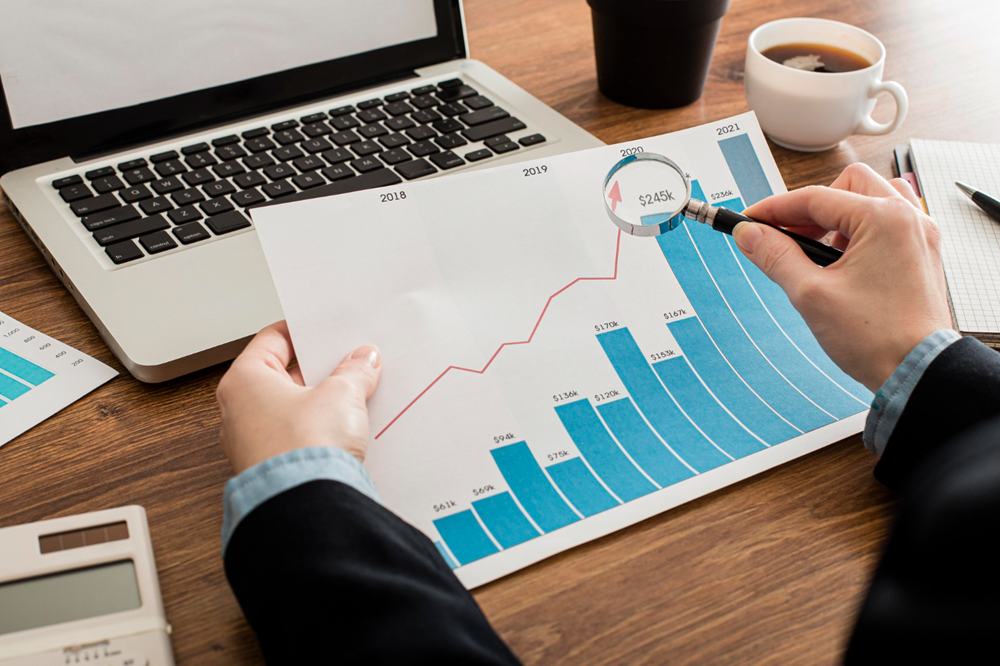Making informed, data-driven decisions has become a must in the current market dynamics, with a hyper-competitive business environment, every firm is looking for its way to the top. One method through which businesses can optimize their operations and enhance their decision-making process is through demand and analysis.
Demand and analysis help businesses tailor their strategies to meet the market’s dynamic and ever-changing needs. This article mainly focuses on how companies can use demand and analysis as a linchpin in crafting better business strategies, supported by multiple tools available in the market that can be employed to harness a business’s full potential.
Understanding Demand Analysis
Demand and analysis can be considered as a process of examining, quantifying, and understanding the desires of customers in the market regarding a particular product or service. Businesses can get insights into various price points of the market under demand and analysis under different circumstances and situations of the market conditions.
Through the support of demand and analysis, businesses can understand the factors of consumer behavior and understand how their preferences change with the change in the market to adjust according to the conditions.
Why is Demand and Analysis Crucial for Businesses?
Demand and analysis provide a deeper outlook on the market landscape. It helps businesses to understand what consumers want and how much they might be willing to pay for a product or service. Businesses can also determine their pricing strategy regarding production such that an optimal price is set without tarnishing or impacting the demands of a consumer.
Businesses also obtain the use of demand and analysis for inventory management. It helps in meeting consumer demand accurately without over or under-stocking. Businesses can outline their potential for expansion at the same time.
Techniques for Effective Demand Analysis
There are several methods through which businesses can demand and analyze data. The two main techniques for demand and analysis include qualitative and quantitative analysis that can be opted to generate a look into market trends and understanding regarding customer feedback including through surveys.
Key Techniques Include:
- Statistical Demand Forecasting: Uses historical sales data to predict future demand using various statistical and machine learning models.
- Consumer Surveys: Gathers direct feedback from current and potential customers to understand their needs and expectations.
- Price Elasticity Testing: Assesses how sensitive demand for a product is to changes in its price.
- Market Experimentation: Involves changing various elements in a controlled market environment to see how they affect demand.
Harnessing Data for Demand Analysis
In the era of big data, demand and analysis are becoming more sophisticated and predictive. By harnessing vast amounts of data, businesses can uncover patterns and trends that were previously undetectable.
Utilizing Big Data Effectively
- Data Collection: Gather data from a variety of sources such as transaction records, social media, and customer interactions.
- Data Mining: Use advanced analytics to extract meaningful patterns.
- Predictive Analytics: Employ predictive models to forecast how changes in the market or business strategies will affect future demand.
- Real-Time Analysis: Use real-time data streams to adjust to market conditions dynamically.
Through the help of harnessing big data, businesses can generate much deeper insights into the market and build their companies with competitive advantage.
Challenges in Demand Analysis
The effectiveness of demand analysis heavily relies on the quality and integration of data. Disparate data sources and poor data quality can lead to inaccurate demand forecasts. To overcome such challenges in demand and analysis, some of the key points to include can be:
- Data Management: Implement robust data management systems to ensure data accuracy and consistency.
- Advanced Analytics Tools: Invest in advanced tools and technologies that can handle large volumes of data and integrate disparate data sources effectively.
Future Trends in Demand Analysis
Looking into the future, artificial intelligence and machine learning are changing the way demand and analysis function. The introduction of new technological tools automates complex data analysis and helps in making future predictions based on the workings of the market. These changes are accurate and are updated in real time such that businesses can make timely decisions.
Moreover, companies are presented with enhanced customer insights. It occurs through the support of artificial intelligence that analyzes the unstructured data from several sources such as social media platforms and the internet to understand and tap into deeper insights into consumers and their changing behavior.
Conclusion
Demand analysis is a necessary component of vital decision-making in any commerce looking to flourish in today's energetic showcase environment. By successfully making demand and analysis, businesses can make more intelligent choices that not as it were to meet the current needs of their clients but to expect future patterns. The integration of progressed analytics and AI innovations is set to assist improve the accuracy and effect of demand and analysis, giving businesses unparalleled bits of knowledge and cultivating a more proactive approach to showcase challenges. Grasping these devices and strategies guarantees that businesses stay competitive and proceed to develop in an ever-changing scene.





Comments